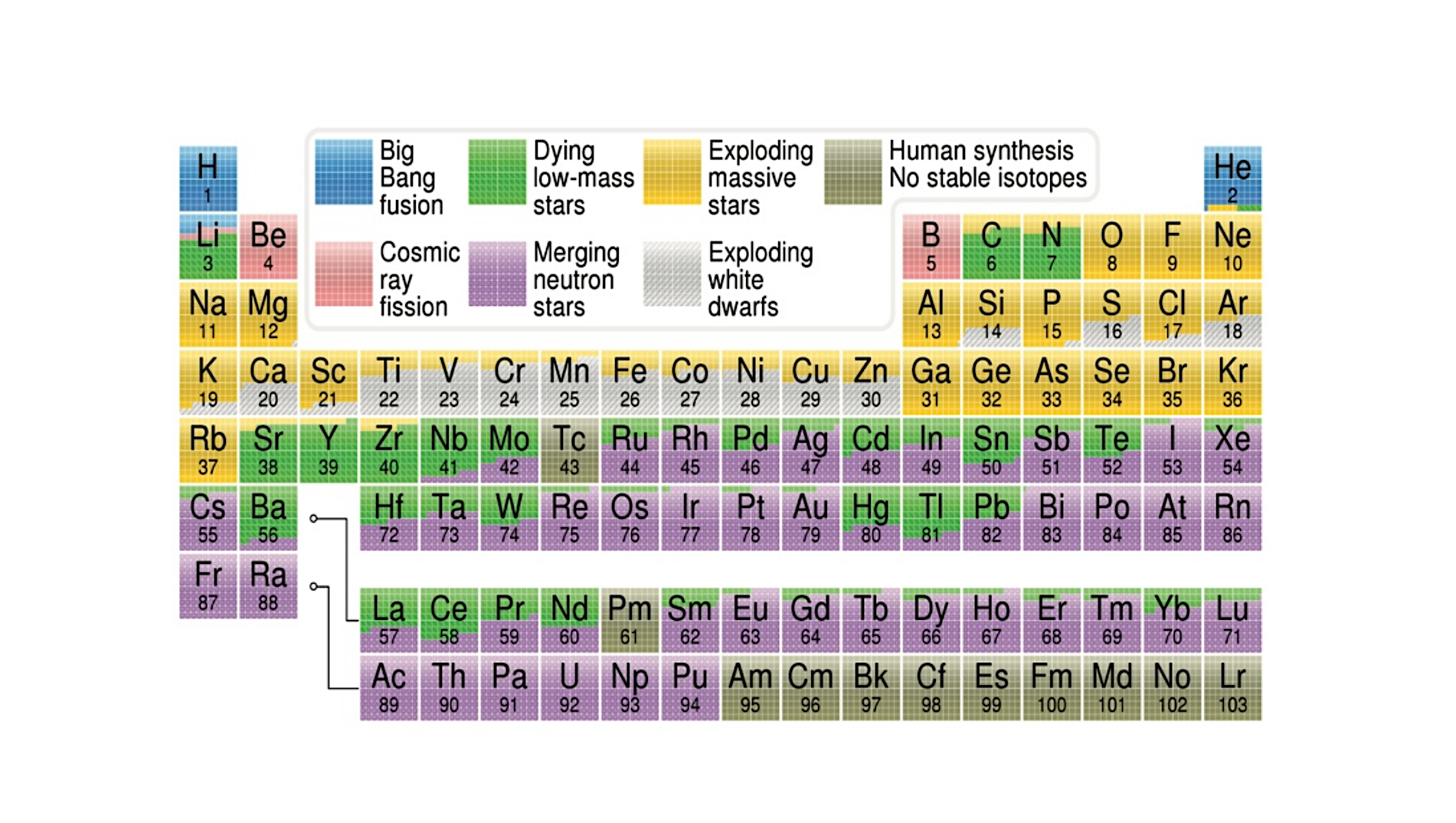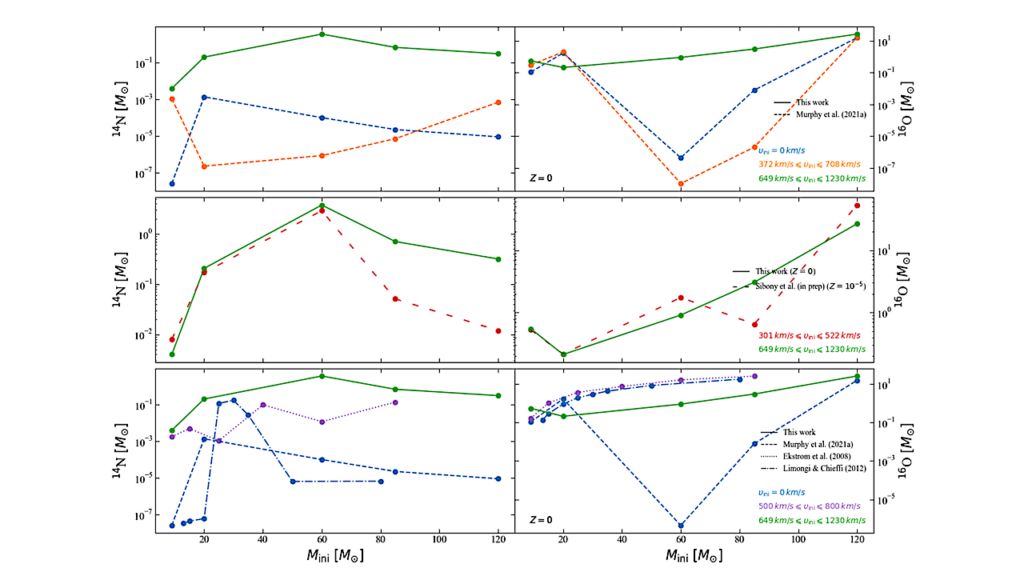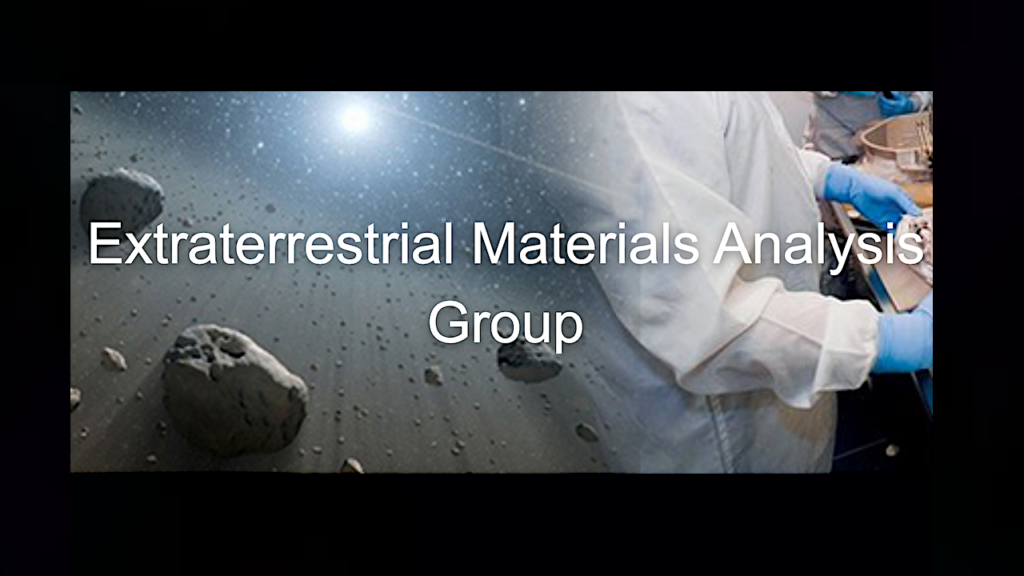Host Stars and How Their Compositions Influence Exoplanets

It has become a common practice within the exoplanet field to say that “to know the star is to know the planet.” The properties of the host star have a strong, direct influence on the interior and surface conditions of the orbiting planet and oftentimes measurements of planetary properties are made relative to the star’s properties.
Not only are observational measurements of the star necessary to determine even the most basic aspects of the planet (such as mass and radius), but the stellar environment influences how the planet evolves. Therefore, in this chapter, we begin by discussing the basics of stars, providing an overview of stellar formation, structure, photon and particle emissions, and evolution.
Next, we go over the possible ways to determine the age of a star. We then outline how different kinds of stars are distributed within the Milky Way galaxy. Afterwards, we explain how to measure the composition of stars and the underlying math inherent to those observations, including caveats that are important when using the data for research applications.
Finally, we explain the underlying physics and observations that enable stellar composition to be used as a proxy for planetary composition. In addition, given that this chapter focuses more on astronomy/astrophysics and uses a variety of important terms that may not be familiar to all readers, we have defined many terms either within the text or as a footnote for better interdisciplinary comprehension.
Natalie R. Hinkel, Allison Youngblood, Melinda Soares-Furtado
Comments: Chapter 1 accepted for publication in the Reviews in Mineralogy and Geochemistry (RiMG) Volume 90 on “Exoplanets: Compositions, Mineralogy, and Evolution” edited by Natalie Hinkel, Keith Putirka, and Siyi Xu; 21 pages, 6 figures, 1 table, 6 equations, 24 footnotes
Subjects: Earth and Planetary Astrophysics (astro-ph.EP); Solar and Stellar Astrophysics (astro-ph.SR); Geophysics (physics.geo-ph)
Cite as: arXiv:2404.15422 [astro-ph.EP] (or arXiv:2404.15422v1 [astro-ph.EP] for this version)
Submission history
From: Natalie Hinkel [via Natalie Hinkel as proxy]
[v1] Tue, 23 Apr 2024 18:18:30 UTC (3,428 KB)
https://arxiv.org/abs/2404.15422
Astrobiology, Astrochemistry, Astrogeology,








